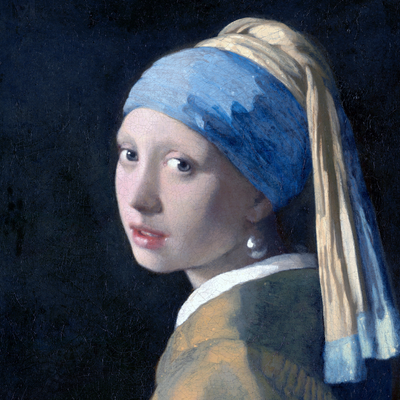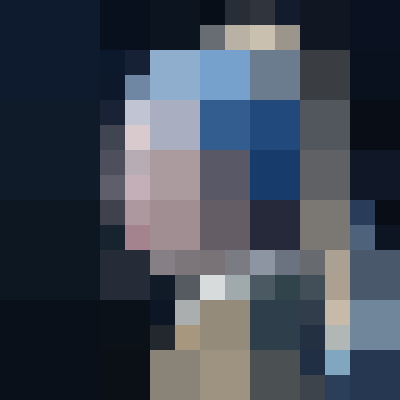I took part in ICFPC 2022 the past weekend. It was another “classic” no-nonsense ICFPC task this year, continuing the fine precedent set by the contest last year. This was especially awesome since the contest almost did not happen this year due to the initial trouble in finding organizers for it. Thankfully that was resolved in time. Unfortunately, that did not mean that I had better luck in solving the problem this year.
Once again, this was my yearly refresher in coding in Go, since my day-job mostly involves C++. I find Go to be a nicely productive and fairly performant programming language that has an especially nice, but somehow still compact, standard library. For the task this year, this standard library came in particularly handy since it had functions for loading and saving PNG images, drawing and clipping images, decoding JSON files, etc.
The task this year was fairly straightforward: you have to emit a program for a computer-controlled painting-robot (“Robo Vinci”) so that it can transform a given canvas into a given painting. The instructions for this computer comprised manipulating blocks on the canvas (splitting blocks, coloring blocks, swapping blocks, and merging blocks). The score your are awarded depends on the similarity of the output of your painting-program to the target-painting and the cost incurred while executing the program.
For example, one of the target paintings was this masterpiece by Johannes Vermeer:

When you compare it with the result below from my brute-force and desperate attempt at finding a solution to this problem, you can get a pretty good idea of how I fared this year:

While the problem was quite straightforward to comprehend, I just could not figure out how to even begin trying to solve it. I got stuck pretty hard in this “programmer's block” for a couple of days of this three-day contest. As a form of active procrastination, I wrote an interpreter for the given language that could emit a painting and compute the expected score for it by comparing it with the target painting.
In the end, I resigned myself to a brute-force and greedy approach of just applying point-cut and color moves to approximate the target painting, while reducing the incremental cost at each step. This solution worked by comparing the cost of painting a block of the canvas with an averaged color of the corresponding block in the target painting to the cost of sub-dividing the block into quadrants with the respective averaged color of the individual quadrant. If the former cost is lower, you stick with it; otherwise you recurse into each of the quadrants applying the same greedy heuristic.
I managed to get solutions to the first 25 problems using this approach, but it completely broke down for the subsequent problems as they started with an initial configuration that had more than just a single default block covering the whole canvas. Of course, even the solutions that I did get were horribly expensive compared to the scores from other contestants that I could see on the score-board, but it was somewhat better than having nothing to show for three days of effort.
Despite my miserable performance, I really liked the task this year for the simplicity of its description combined with the complexity of coming up with a solution for it. Impressively, it could be done entirely on your local machine (well, except for the last few problems that required you to download an image from the Internet) without requiring constant access to some external server that might not remain up for long, using virtual machines, relatively uncommon programming language environments, etc.
While the specification was short and sweet, it did have some frustrating
ambiguities. For example, it did not specify whether the RGBA tuples it used
were pre-multiplied by the alpha-value or not (in the Go
image/color package, RGBA uses pre-multiplied values
while NRGBA does not). As another example, it did not specify what
was meant by rounding a floating-point value using Math.round() (or
even which programming-language this was referring to). I found by some trial
and error that it was using rounding away from zero (rather than the usual
rounding towards even). There were also some gotchas in the Go standard library
(e.g. that Rectangle uses half-open bounds rather than the usual
closed ones) that combined with the ambiguities above to make it take much
longer for me to recreate the scores produced by the organizer's web-site.
The source-code for my attempt this year can be found on Bitbucket, on GitHub, and on GitLab. You can find some other write-ups on /r/icfpcontest or on the contest web-site itself.